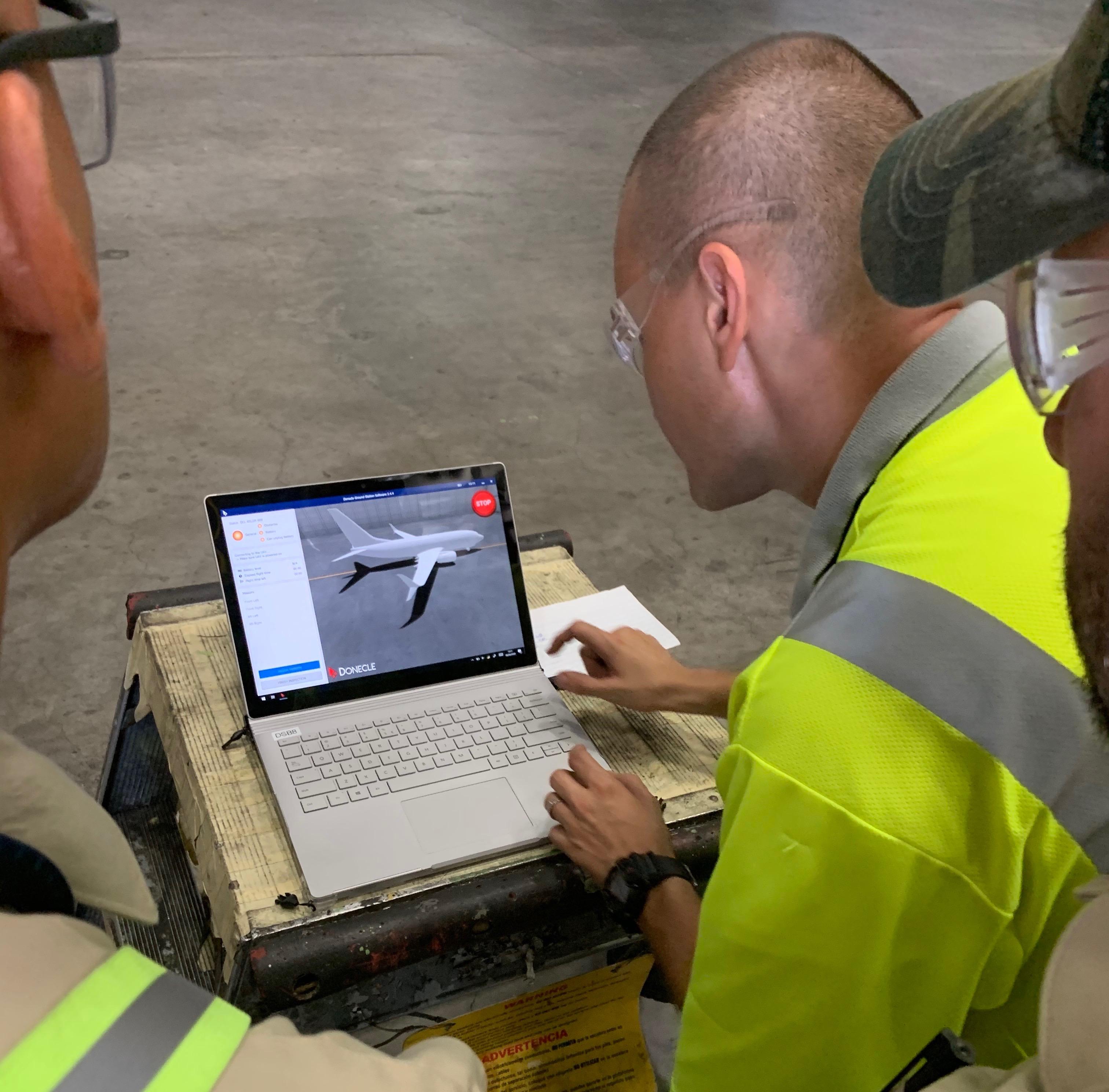
Digitalization is accelerating in the aviation aftermarket as a result of the COVID-19 pandemic, and this is a trend that should not slow down as the industry recovers.
As evidence, Boeing is seeing more customers using its data analytics services for both active and inactive fleets “as they sharpen their digital tools and analytics capabilities to navigate the crisis but also to be ready for when traffic comes back,” says Stefan Karisch, director of analytics, speaking at a Big Data panel during Aviation Week Network’s virtual MRO Asia-Pacific.
More airlines are also working collaboratively with Boeing toward “jointly developed new advanced alerts and prognostics to predict component degradation for components that are major delay drivers for our customers,” he says. By analyzing historical component data sets, the Prognostics Research Collaboration tool can both predict degradation and prescribe specific maintenance actions. Avoiding unscheduled maintenance events, which are disruptive and generate unplanned costs, are especially not welcome in today’s cost-conscious environment.
Pratt & Whitney, which has been providing engine health management for more than 20 years, has also seen a bigger push for digitalization and data analytics. It has used the pandemic to improve efficiencies in engine shops and supply chain requirements, says Arun Srinivasan, an associate director for Pratt & Whitney Commercial Engines. “This is not a trivial problem to solve” and customers are starting to see “significant savings” because of these initiatives, he says.
For scheduled events, “We can almost create a bill of health for engines” coming into shops so they know which parts and workscopes will be needed “so we can turn that engine around faster,” says Srinivasan.
The engine maker also has been able to use the additional data generated by the geared turbofan, each engine of which produces up to 4 million data points per flight, to help airlines make their operations more efficient—including giving them notification farther out from when maintenance will be due, which helps day to day operations and avoid unplanned events, he adds.
While Jetstar was finishing onboarding the Airbus Skywise platform before the pandemic and was just “starting to see what the platform could deliver for us,” the airline instead used it initially to ground its fleet when the crisis spread to Australia, says Julien Ardourel, Jetstar’s manager Airbus program. After grounding 90% of its fleet, over time, maintenance tasks started coming due. While OEMs provided documentation to allow it to postpone some maintenance activity, it still faced about 3,000 maintenance tasks that needed to be done by the end of 2020.
Jetstar used Skywise to ingest the task cards so it could determine which would need to be done when, and how to comply with each. “That helped us push 10-12 aircraft heavy maintenance checks into next year,” which will save the carrier $6 million this year, says Ardourel.
AAR, which has been on a robust digitization journey for the past few years, finds its data-driven tools even more critical now. It is still trialing drones for aircraft inspection and is so far finding them faster and more effective than traditional means, says Matt Kammerait, AAR’s director, digital product management.
During the panel he also pointed out that after the pandemic started, AAR used data to try to understand how buyer behavior and channel choice was evolving” for its aftermarket trading business. It expected some buying patterns to remain steady and others to increase, but instead what it found was a big staffing change—“a whole new set of buyers and decision makers,” maybe people who took on a new role or who were wearing multiple hats, “who weren’t necessarily familiar with our offerings,” he says. AAR reached out to them “to make sure they have an easy way to deal with us.”
